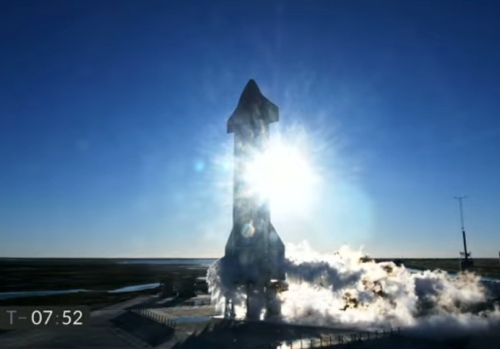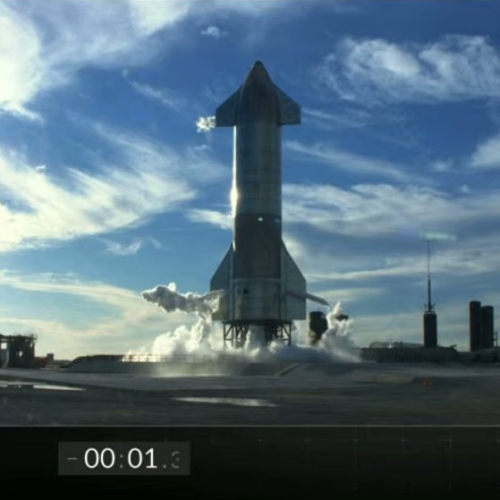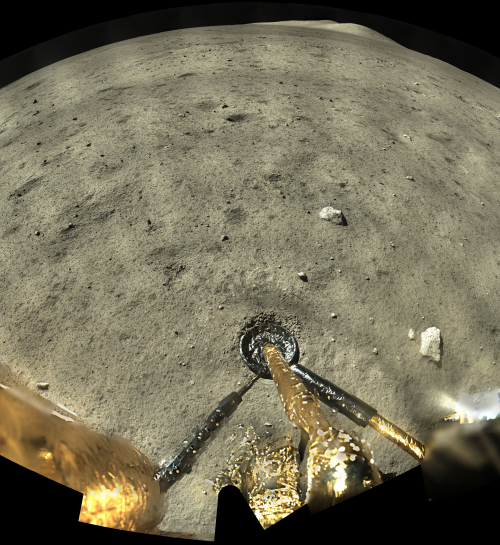Beresheet-2 will have two landers instead of one
The new colonial movement: SpaceIL, the Israeli non-profit company that built the failed Beresheet-1 lunar lander, yesterday announced its plans to build Beresheet-2, this time with an orbiter and two lunar landers, and launch it by ’24.
The two landers would be much smaller than the first spacecraft — about 260 pounds each, fully fueled, compared with a bit less than 1,300 pounds for Beresheet — and they would land on different parts of the moon. The orbiter would circle the moon for at least a couple of years. The three spacecraft of Beresheet 2 would together weigh about 1,400 pounds.
Even though the designs would be new, they would reuse many aspects of Beresheet, and the founders said they had learned lessons that would increase the chances of success for the second attempt. SpaceIL will again collaborate with Israel Aerospace Industries, a large satellite manufacturer.
SpaceIL is looking for funding from both private and Israeli government sources. It is also looking for funds from other nations, a decision which revealed the most intriguing part of this announcement:
SpaceIL hopes that international partnerships will pay for half of the cost of Beresheet 2. Mr. Damari said the United Arab Emirates, a small but wealthy country in the Persian Gulf that has set up an ambitious space program in recent years, was one of seven nations interested in taking part. He declined to name the other six.
If this flight ends up to be a partnership between Israel and the United Arab Emirates it will send shockwaves through the Arab world, most especially among the supporters of the terrorist leaders ruling the Palestinian territories.
The new colonial movement: SpaceIL, the Israeli non-profit company that built the failed Beresheet-1 lunar lander, yesterday announced its plans to build Beresheet-2, this time with an orbiter and two lunar landers, and launch it by ’24.
The two landers would be much smaller than the first spacecraft — about 260 pounds each, fully fueled, compared with a bit less than 1,300 pounds for Beresheet — and they would land on different parts of the moon. The orbiter would circle the moon for at least a couple of years. The three spacecraft of Beresheet 2 would together weigh about 1,400 pounds.
Even though the designs would be new, they would reuse many aspects of Beresheet, and the founders said they had learned lessons that would increase the chances of success for the second attempt. SpaceIL will again collaborate with Israel Aerospace Industries, a large satellite manufacturer.
SpaceIL is looking for funding from both private and Israeli government sources. It is also looking for funds from other nations, a decision which revealed the most intriguing part of this announcement:
SpaceIL hopes that international partnerships will pay for half of the cost of Beresheet 2. Mr. Damari said the United Arab Emirates, a small but wealthy country in the Persian Gulf that has set up an ambitious space program in recent years, was one of seven nations interested in taking part. He declined to name the other six.
If this flight ends up to be a partnership between Israel and the United Arab Emirates it will send shockwaves through the Arab world, most especially among the supporters of the terrorist leaders ruling the Palestinian territories.







